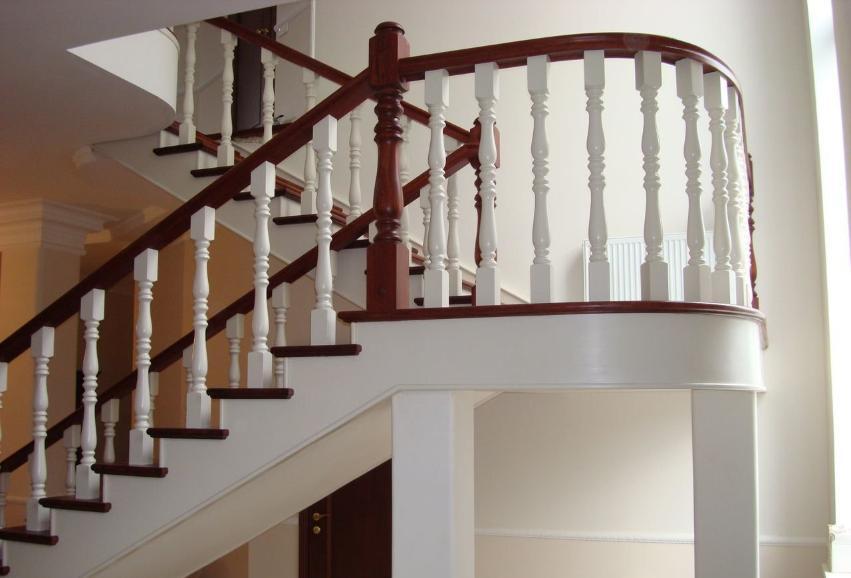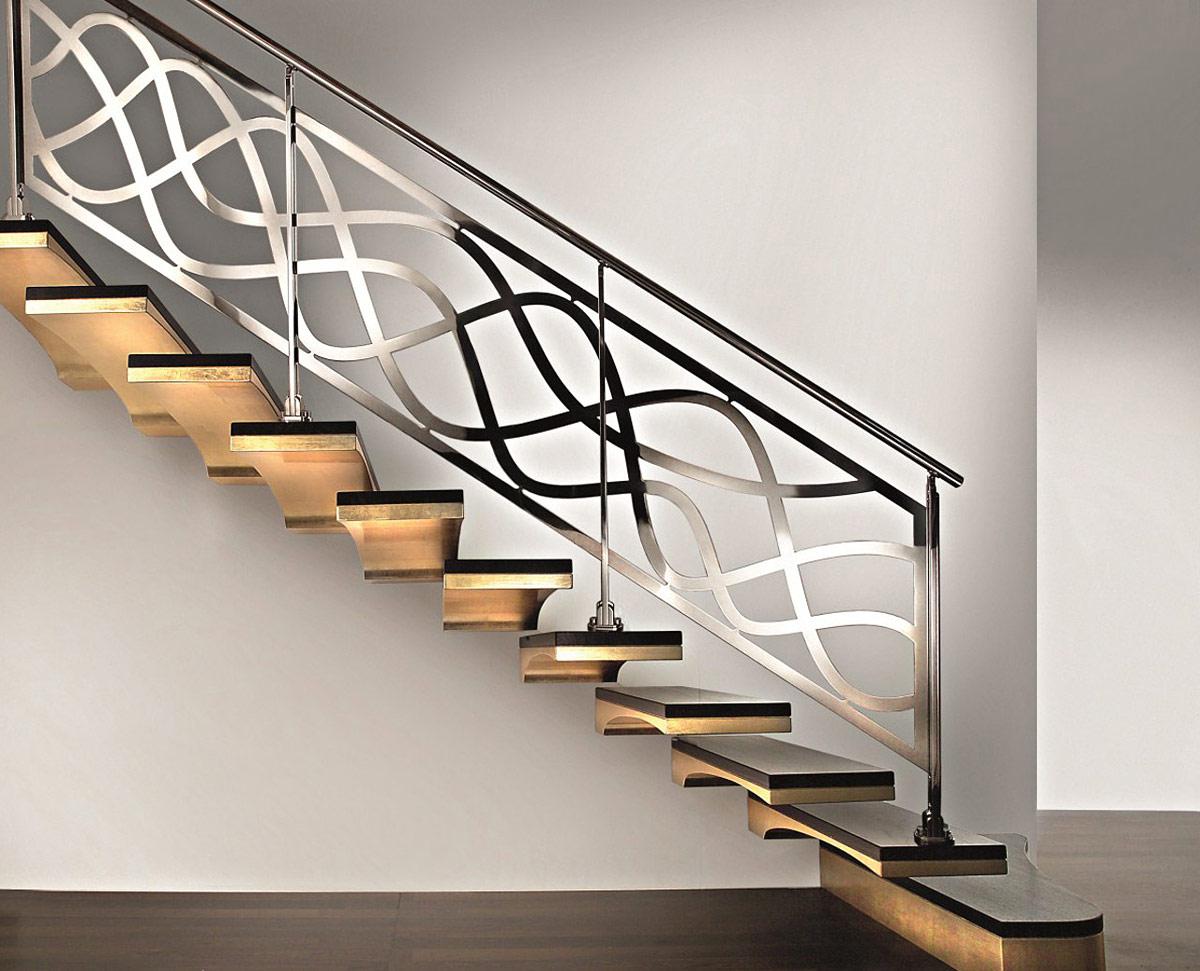
Beyond Function: Stairs as Architectural Statements
- 6335
- 0

Stairways to Wonder: Elevating Design Beyond Mere Ascent 🪜✨
Historically, stairs were purely utilitarian, a means to traverse vertical spaces. Early structures prioritized functionality, with design often secondary. Yet, even in ancient civilizations, a subtle appreciation for their aesthetic potential began to emerge, hinting at their future role as architectural focal points. This basic necessity has undergone a profound transformation over millennia.
Research into architectural history reveals a gradual shift. From simple wooden ladders to grand stone staircases in palaces and cathedrals, the evolution reflects societal values and technological advancements. Architects began to see stairs not just as paths, but as spatial elements capable of defining volume and flow, influencing how occupants experience a building.
Academic studies and historical analyses consistently highlight how stairs evolved from pragmatic necessities into powerful design statements. They became symbols of status, power, and artistic expression. This journey from simple function to complex form illustrates a deep-seated human desire to infuse everyday elements with beauty and meaning, enriching our built environment. This profound evolution continues to inspire architects globally.
Insights from Architectural Discourse
- Stairs often serve as the primary visual anchor in a multi-story space, guiding the eye and establishing a building's overall aesthetic character.
- The choice of materials—be it glass, steel, wood, or concrete—profoundly influences the tactile and visual experience of ascending or descending, contributing to the building's identity.
- Innovative stair designs frequently challenge conventional notions of movement, creating dynamic sculptural elements that transcend mere vertical connection, becoming art in themselves.
Analyzing the Ascent: Interpretations and Innovations
The notion that stairs are more than just functional components is widely accepted today, yet the degree to which they should dominate a design remains a point of discussion. Some argue for bold, monumental statements, while others prefer subtle integration, emphasizing flow without overwhelming other elements. Finding this balance is crucial.
A key interpretation of modern stair design is its capacity to foster social interaction. Open, inviting staircases can encourage movement between floors, promoting spontaneous encounters, unlike enclosed, hidden options. This human-centric approach transforms a simple path into a community-building feature. Brickettakad often explores these concepts.
Controversies sometimes arise regarding accessibility versus artistic freedom. While grand, sweeping designs are visually striking, ensuring universal access without compromising the aesthetic vision requires clever engineering and thoughtful planning. Designers continually seek innovative solutions to bridge this gap, proving that beauty and inclusivity can coexist.
The role of lighting in enhancing a staircase's architectural presence cannot be overstated. Strategic illumination can transform a static structure into a dynamic play of light and shadow, highlighting textures and forms. This artistic application of light turns a functional element into a dramatic focal point, especially during evening hours.
Material innovation, from transparent glass to intricate metalwork, has opened new avenues for stair design, crafting unique experiences. The integration of technology, like smart lighting or kinetic elements, adds another layer of wonder. Stairs can now respond to movement, blurring lines between utility and interactive art, a focus for Brickettakad.
Key Takeaways for Inspired Design
- Consider stairs as integral to a building's identity, designing them as central aesthetic elements that enhance spatial experience and visual appeal.
- Prioritize innovative material use and thoughtful lighting to elevate staircases from mere connectors to captivating sculptural works within any structure.
- Embrace the potential of stairs to foster social connection and contribute to the overall narrative of a space, making them inviting hubs for interaction.


